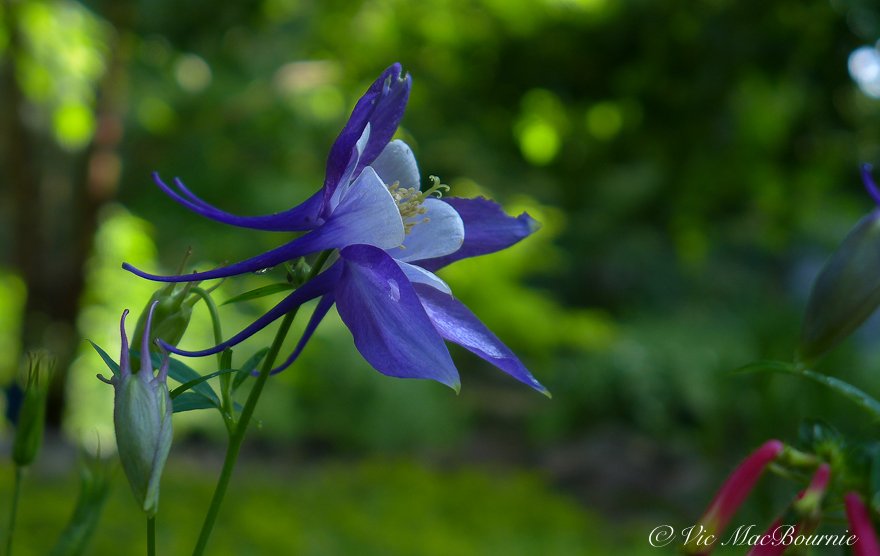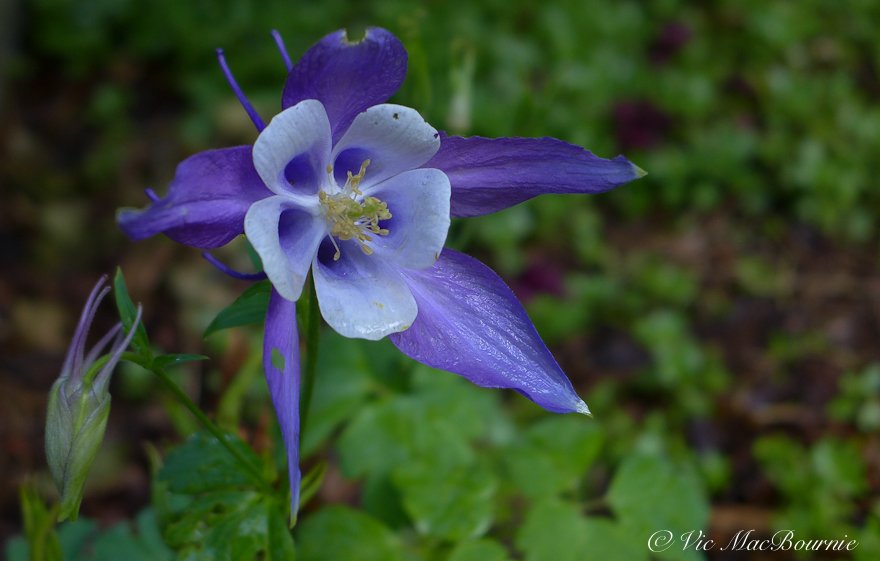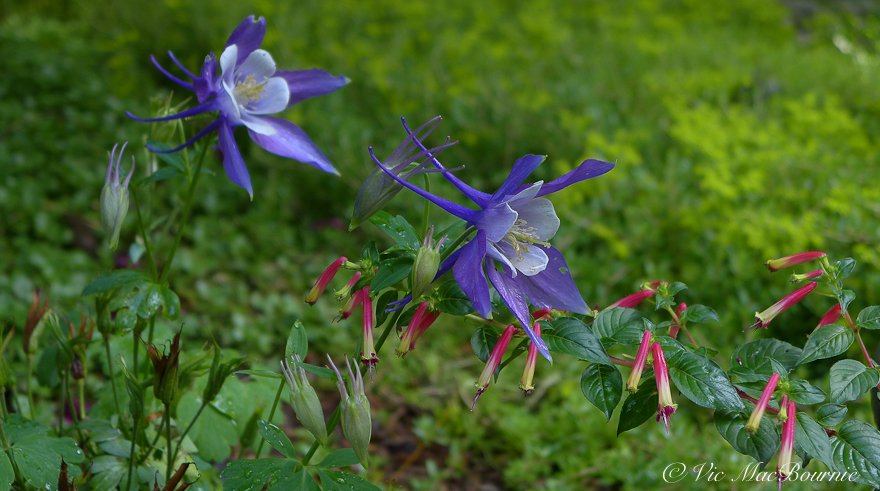Rocky Mountain columbine: Adding a hit of blue to your garden
A favourite of hummingbirds, bees and butterflies
Rocky Mountain Columbine (Aquilegia caerulea James) is the ideal way to add a spot of colour to a part-sun, dappled shade garden.
This hardy, native perennial that brings the garden to life with its multiple extra-large, 2.5-inch, blue and white flowers sitting above the foliage, makes a welcome addition to any garden.
Common names include: Rocky Mountain Columbine, Colorado blue columbine, Dailey’s columbine, White Colorado columbine. They are part of the Ranunculaceae family and grow in USDA hardiness zones 3 through 7.
I’m always looking to add a little blue to the garden, and since these blue and white flowers are attractive to pollinators including hummingbirds and butterflies, even better.
Grow them in dappled shade in a rich, loamy soil where the roots and the plant can be somewhat sheltered from the heat of the direct sun.
This year I have added a number of the plants to the hummingbird corner in the hope that our hummers will take to them. If not, they still add a spot of colour and elegance to that corner of the patio where they complement other blue flowers including the petunias and the large agapanthus lillies that add a bold architectural shape with their large blue flowers.
Like the orange and yellow native woodland columbine (acquilegia canadensis), Rocky Mountain Columbine likes a more open, part-sun environment, where it can often be found growing naturally along forest edges in its native habitat.
In the wild, you’ll find them in a range of habitats, but especially in aspen groves, in the upper levels of the Rockies. They are found in rocky slopes or near streams in open woodlands at elevations of 2100 - 3600 metres.
These columbines are native from western North America – Montana to Arizona and New Mexico.
The flowers themselves might not be long-lived, but make up for it by readily self-sowing seeds around the garden. Provide an area of dappled shade and fertile, moist, well-drained soil, and chances are the plants will spread in the garden and provide plenty of new flowers throughout the years.
This magnificent columbine has extra-large, 2.5-inch scented blooms. In fact, these flowers are the largest of the entire genus.
The plants grow to about 3 feet by 2 feet with sky blue petals and a white corolla.
With proper care, that includes a mid summer cut back, these plants can provide a long bloom period stretching from early spring through to summer with a second flowering late Summer to Fall.
Where I live, these columbines are not native, but we certainly have plenty of our native columbines growing in the woodland garden. For more on our native columbine, be sure to check out my earlier post here.




